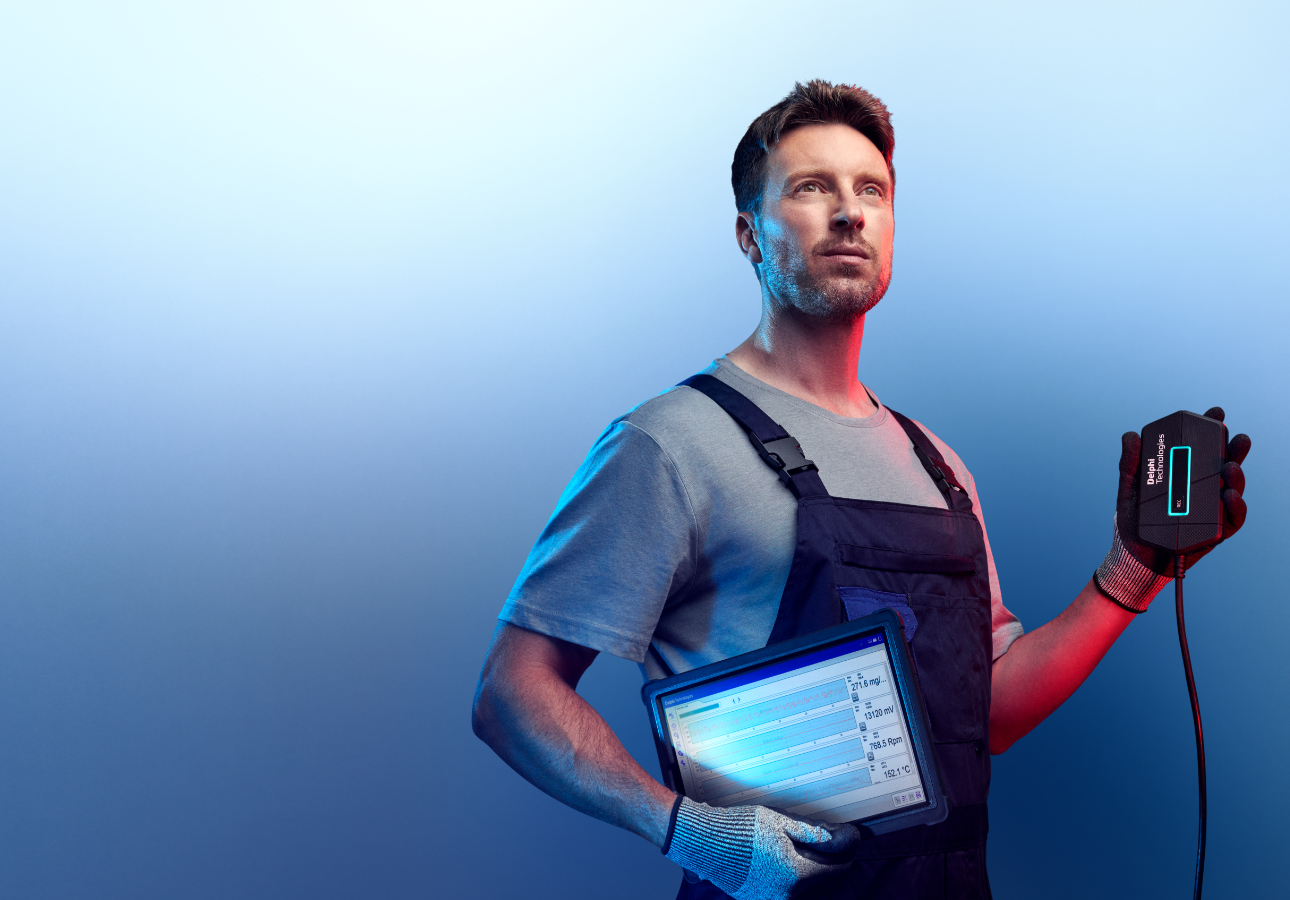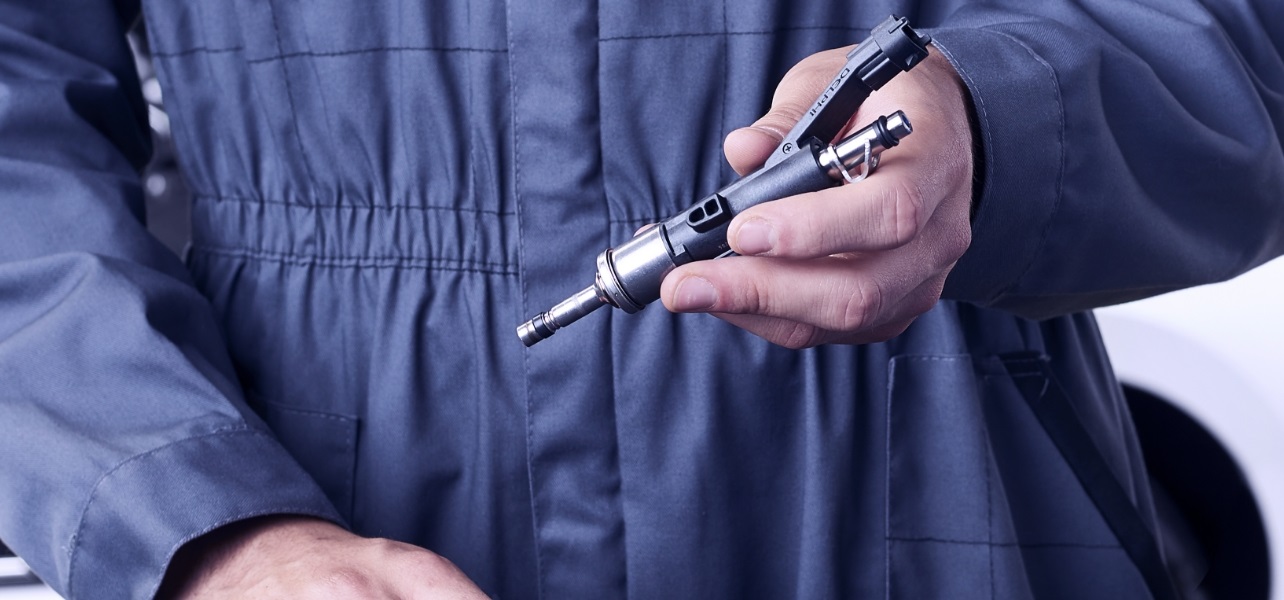The NOx sensor explained
An Oxides of Nitrogen sensor, or NOx sensor, is placed within diesel engines to monitor the output of oxides of nitrogen. It helps to keep these harmful emissions within regulated limits by triggering the selective catalytic reduction (SCR) system to reduce the amount of nitrogen oxides being emitted from the exhaust.
As an electronic component, a failing sensor can trigger the onboard computer to trigger Limp Home mode or prevent the engine from starting. Manufacturers often prevent their models’ engines from starting if it cannot fulfil emission requirements.
What to do if a NOx sensor fails?
If a vehicle is affected by the failure of a NOx sensor, there are likely to be some indicative symptoms such as:
- Check engine light on
- Engine non-start
- Increased tail pipe emissions.
These symptoms can occur because the sensor is now giving an inaccurate reading (or none at all) about the nitrogen oxide makeup in the exhaust. This can lead to the SCR system overcompensating the amount of adblue, potentially causing ammonia slip to occur.
Read our guide to what causes NOx sensors to fail.
If these problems occur as the result of a faulty NOx sensor, it’s very important to repair or replace it as soon as possible.
Is it easy to replace a NOx sensor?
A NOx sensor replacement is a complex task. The sensor itself is a delicate component and replacing one is a job that should only be attempted by a professional.
How to replace a NOx sensor: step by step
Pick up some tips on replacing a faulty NOx sensor with this step-by-step guide.
How long does it take to replace a NOx sensor?
A NOx sensor replacement is an important enough task that can’t be hurried - the job must be done correctly and with the resolution of any lingering error codes on the OBD system.




